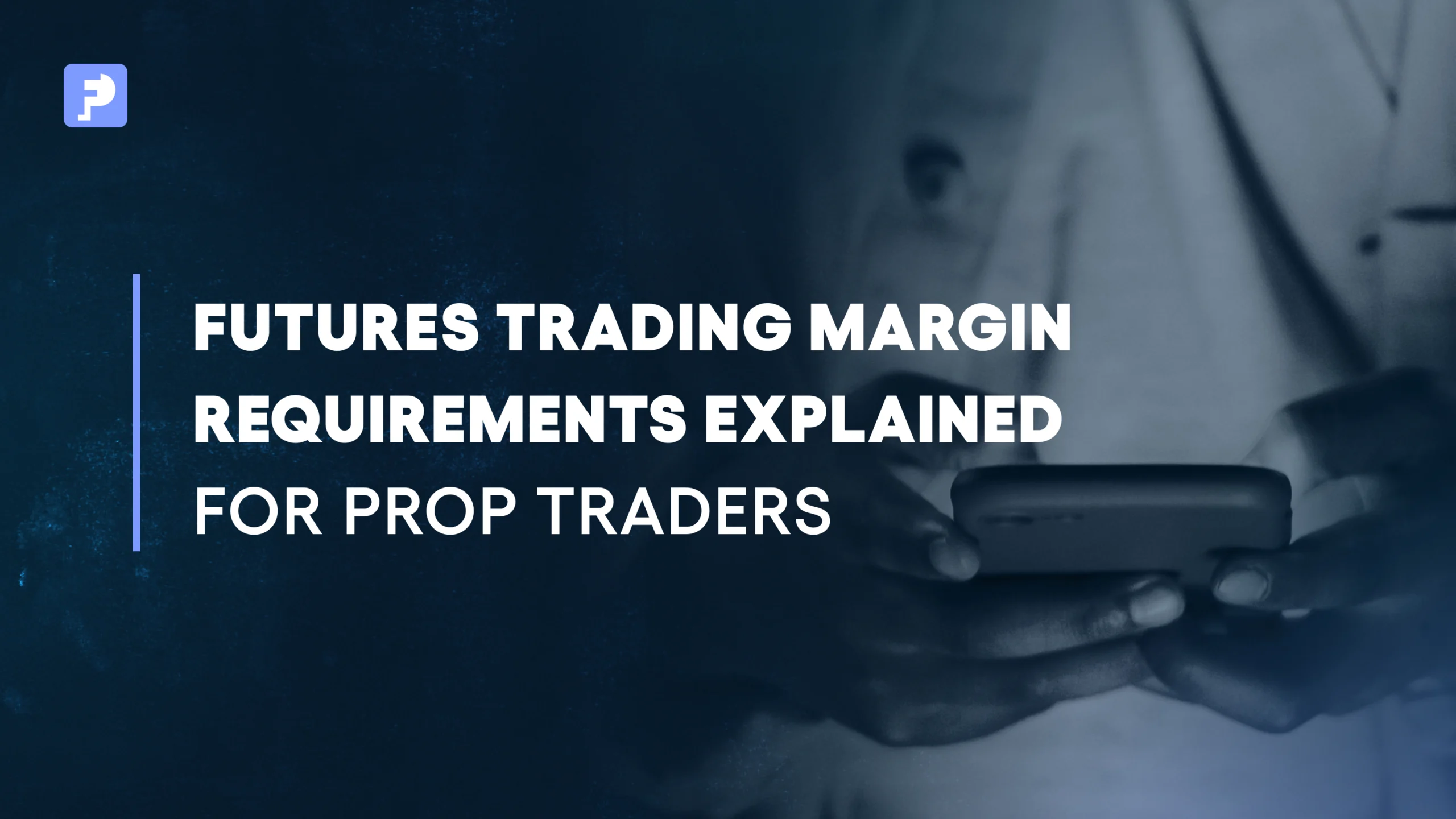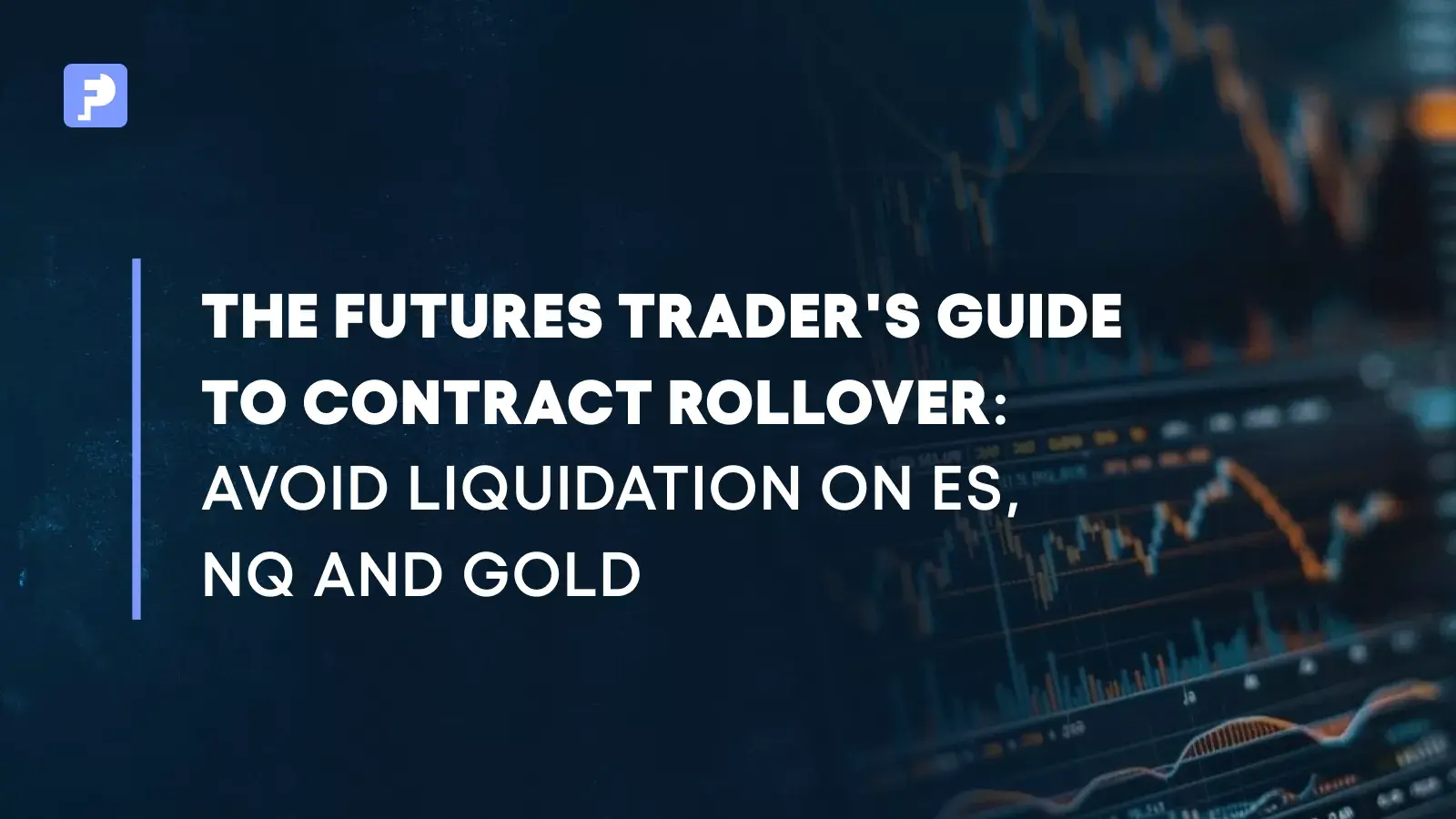
Futures Margin Requirements Explained for Prop Traders
Introduction
In proprietary futures trading, margin requirements determine much more than just how many contracts you can hold; they define your ability to stay funded, scale up, and avoid early disqualification. Whether you are in an evaluation phase or managing a live funded account, mastering initial, maintenance, and variation margins is essential. These concepts directly impact your capital allocation, your risk exposure, and your growth potential as a prop trader.
What Are Futures Margin Requirements?
Margin in futures trading is a performance bond, not a down payment. It exists to ensure traders can meet potential losses, protecting both the trader and the clearinghouse.
Exchanges such as CME Group set the baseline requirements, but prop firms like FunderPro Futures may apply their own risk-adjusted limits. This allows them to protect firm capital while providing traders with the opportunity to grow their accounts under structured rules.
Initial Margin
The initial margin is the equity required to open a position.
- Example: For the E-mini S&P 500 (ES) contract:
- Price: ~4,800 × $50 = $240,000 notional value
- CME Initial Margin: $13,200 (≈ 5.5% of notional value)
In a prop firm environment, this figure directly affects how many contracts you can open before breaching firm rules.
Maintenance Margin
The maintenance margin is the minimum account balance needed to keep a position open. For the ES contract, this is typically around $12,000. If your account balance falls below this amount:
- You must deposit funds or
- Reduce position size immediately
In a prop account, this may mean closing trades or reducing exposure to stay within the firm’s daily risk parameters.
Variation Margin
Variation margin represents the daily mark-to-market adjustment to your positions. If a trade moves against you, variation margin is debited from your account in a prop environment; this can quickly push you closer to your daily loss limit or trailing drawdown.
Futures Margin Calculation Example
Formula:
Initial Margin % = (Initial Margin ÷ Contract Value) × 100
Example for ES Contract:
- Contract Value = $240,000
- Initial Margin = $13,200
- Initial Margin % = (13,200 ÷ 240,000) × 100 = 5.5%
Sample Margin Table (as of August 2025)
| Contract | Multiplier | Price | Notional Value | CME Initial Margin | Margin % |
|---|---|---|---|---|---|
| E-mini S&P 500 (ES) | $50 | 4,800 | $240,000 | $13,200 | 5.5% |
| E-mini Nasdaq-100 (NQ)* | $20 | 19,000 | $380,000 | $19,000 (est.) | 5.0% |
| WTI Crude Oil (CL) | 1,000 bbl | $75 | $75,000 | $5,500 | 7.3% |
| Gold (GC) | 100 oz | $2,400 | $240,000 | $12,000 | 5.0% |
*Estimated; verify with CME before trading.
Why Margin Requirements Change
Exchanges adjust margins for several reasons:
- Volatility Spikes – Sharp price movements increase risk, requiring higher margins.
- Contract Specification Changes – Adjustments to tick value or contract size affect required capital.
- Liquidity Conditions – Reduced market liquidity can lead to temporary margin hikes.
- Cross-Margining – Offsetting positions in correlated markets can lower overall margin needs.
Margin in a Prop Trading Environment
At FunderPro Futures, margin rules are integrated into the firm’s risk management framework:
- Conservative limits to prevent overleveraging
- Margin use tied to daily loss limits and trailing drawdowns
- Scaling plans that allow increased contract size once a trader shows consistency
- Real-time monitoring to help traders avoid rule breaches
📌 Read more in our guide on How Prop Firms Help You Manage Risk in Futures Trading.
How to Manage Margin Effectively
- Maintain a Buffer – Keep account equity well above the maintenance margin.
- Adjust for Volatility – Use fewer contracts in high-volatility markets.
- Monitor Intraday – Regularly check your platform’s margin usage metrics.
- Plan for Variation Margin – Allow room for daily price swings.
- Consider Correlation – Avoid overexposure to similar markets.
📌 For practical sizing strategies, see our blog on Leverage Management in Futures Trading.
FAQs
- What is the initial margin in futures trading?
The minimum amount of equity required to open a futures position. For ES, this is currently $13,200. - How is maintenance margin calculated?
It is set by the exchange (and possibly increased by a prop firm) and is typically slightly less than the initial margin. For ES, about $12,000. - Why do margin requirements change?
Due to volatility, liquidity, and changes to contract specifications. - How do prop firms set margin limits?
They apply exchange requirements but often add buffers to protect capital and ensure disciplined trading.
Conclusion
Understanding futures margin requirements is a core skill for any serious prop trader. By mastering how initial, maintenance, and variation margins work and aligning your approach with firm rules, you protect your account, improve your performance, and open the door to scaling opportunities.
Start Trading with FunderPro Futures
All trading in FunderPro Futures takes place in a demo-style environment and in off-exchange futures.



